Lagos, Nigeria
HUMANS WANT TO CONNECT

<p style="text-align: justify; "><br></p><p style="text-align: justify; "><strong>Why do some people look like they’ve just swallowed a lemon when you try to strike up a conversation?</strong> It’s not that they don’t want to connect, it’s just that they haven’t found a good enough reason yet. Deep down, even the most “uptight” person craves connection. We all do. It’s human nature. But sometimes, it takes the right moment, the right spark, or even the right person to break through that invisible wall. Because let’s face it, beneath that guarded exterior is someone who wants to feel understood, appreciated, and maybe even have a good laugh.
</p><p style="text-align: justify; ">Connection is at the heart of everything we do. From the moment we are born, we crave a sense of belonging, a link to those around us. However, connection doesn’t happen in isolation. It requires an environment that encourages openness and interaction. Think about a dinner table where everyone is glued to their phones versus one where stories and laughter are shared. The atmosphere makes all the difference. Whether it’s through relationships, work, or everyday interactions, this innate desire to connect drives human behavior. When we examine life closely, we see that buying and selling, decision-making, and even our personal choices are deeply rooted in the need for connection. Humans are social beings, and at every stage, we seek out spaces and moments that allow us to feel understood and linked to others.
</p><p style="text-align: justify; ">And let’s be real,<em> connection isn’t just about swapping business cards at a conference like you’re dealing souvenirs.
</em></p><p style="text-align: justify; ">One of the most powerful ways to create connection is through storytelling. Austin Kleon, in <em>Show Your Work!</em>, emphasizes how stories resonate because they evoke emotions, spark familiarity, and foster a sense of being seen. Think about a time when someone shared a deeply personal experience that mirrored your own. That moment likely created a sense of understanding and alignment, even if you had never met the person before. This is the magic of storytelling: it turns strangers into allies and fosters an environment where connection can thrive. When businesses, leaders, or individuals share their journeys, they invite others to step into their world. This simple act of vulnerability builds trust and opens the door for meaningful relationships. For instance, a brand that tells the story of its humble beginnings can connect with customers on an emotional level, making them feel like part of the journey. Similarly, a leader who shares their struggles and triumphs can inspire their team and create a culture of openness and camaraderie.
</p><p style="text-align: justify; ">Connection doesn’t end with personal relationships; it extends into networking, which at its essence is simply the art of creating bonds. It’s not about forced smiles and stiff small talk, it’s what takes a conversation from “How’s the weather?” to “Wow, I feel like I’ve known you forever?” I like to call it <em>the art of making something click</em>. It’s that indescribable spark that transforms a casual exchange into something memorable. What makes one person stand out in a crowded room? What elevates a conversation from surface-level small talk to something meaningful? The answer lies in that “click,” a shared moment of resonance. For me, it happened one December when a colleague and I discovered a mutual love for books. That small revelation led to hours of conversation and a deeper connection. Shared experiences, like recalling a mutual memory or discussing similar challenges, can foster this spark.
</p><p style="text-align: justify; ">At every stage of life, connection remains the thread that binds us to one another. It’s the foundation of friendships, partnerships, and communities, and it’s the force that allows us to thrive, not in isolation, but together.
</p><p style="text-align: justify; "><br></p><p>
</p><p>
</p><p>
</p><p>
</p><p>
</p><p>
</p><p>
</p><p>
</p><p>
</p><p>
</p><p>
</p><p>
</p><p>
</p><p>
</p><p>
</p><p>
</p><p>
</p><p>
</p><p>
</p>


HUMANS WANT TO CONNECT
By
 Emetekefe Akpovwovwo
•
2 plays
Emetekefe Akpovwovwo
•
2 plays
 Emetekefe Akpovwovwo
•
2 plays
Emetekefe Akpovwovwo
•
2 plays
0:00 /
0:00
Other insights from Emetekefe Akpovwovwo
Referral Earning
Points-to-Coupons
Insights for you.








 326
326










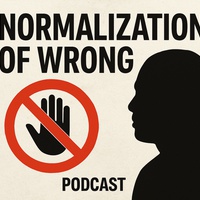



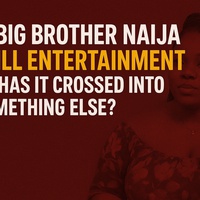

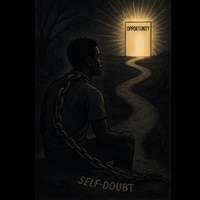














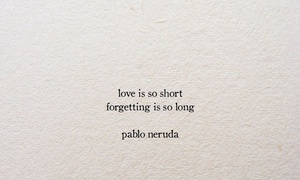


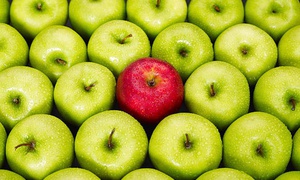




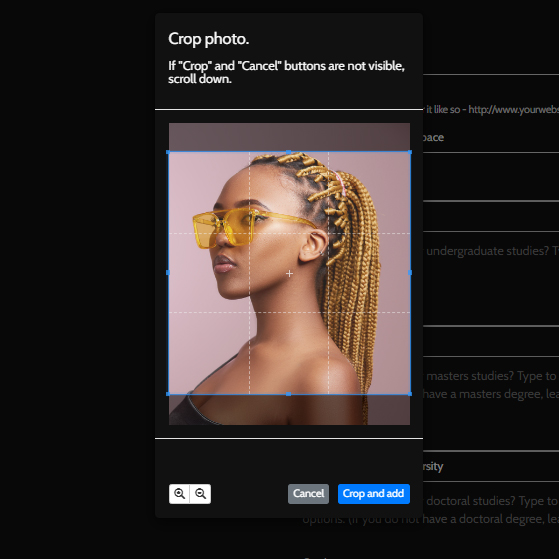
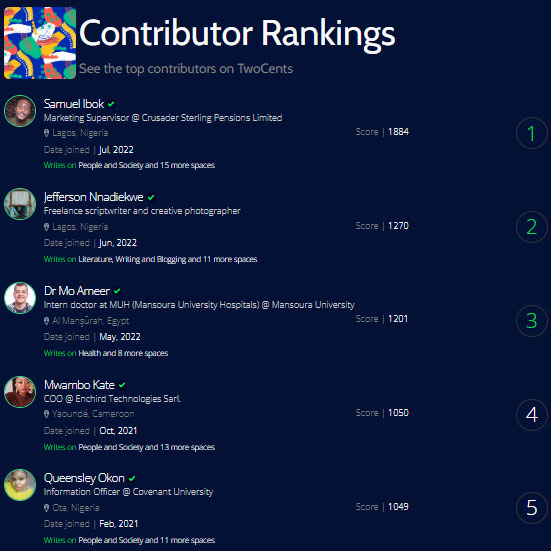

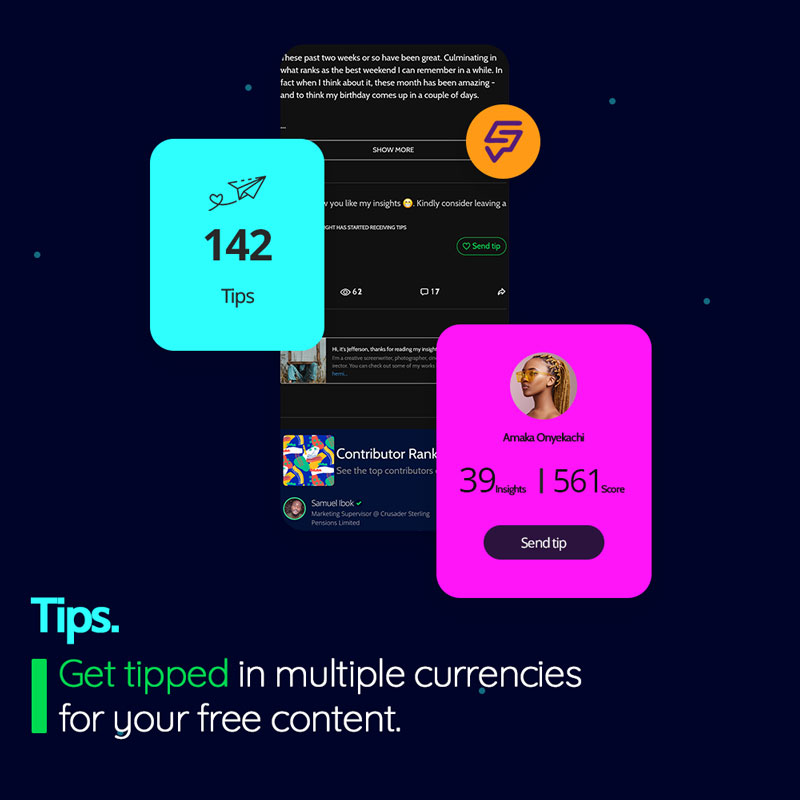


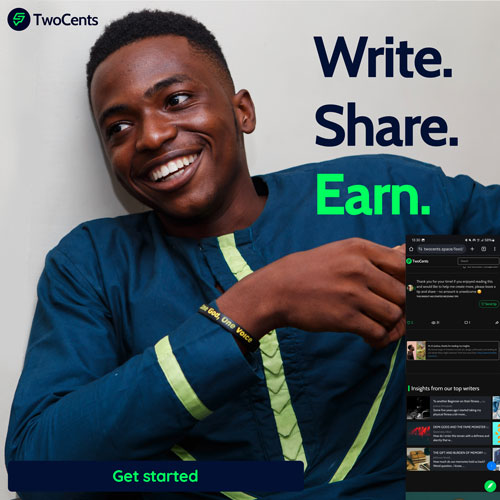
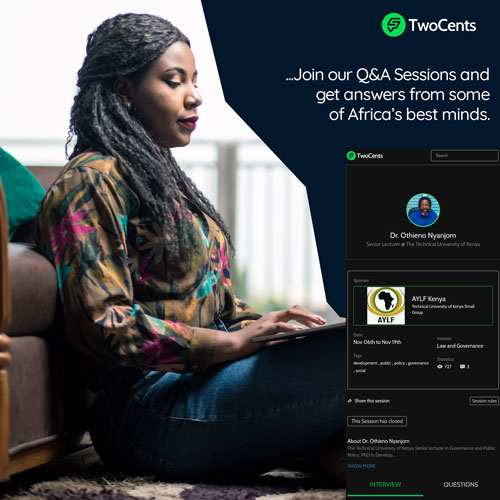
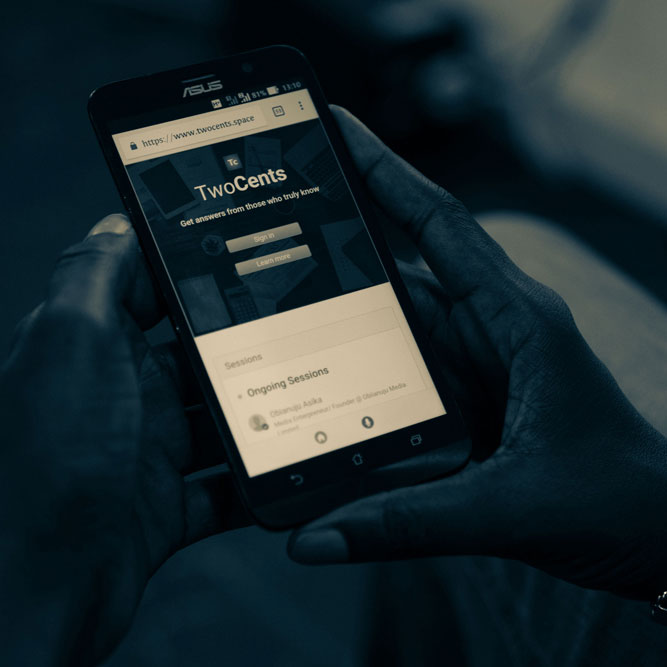













Comments